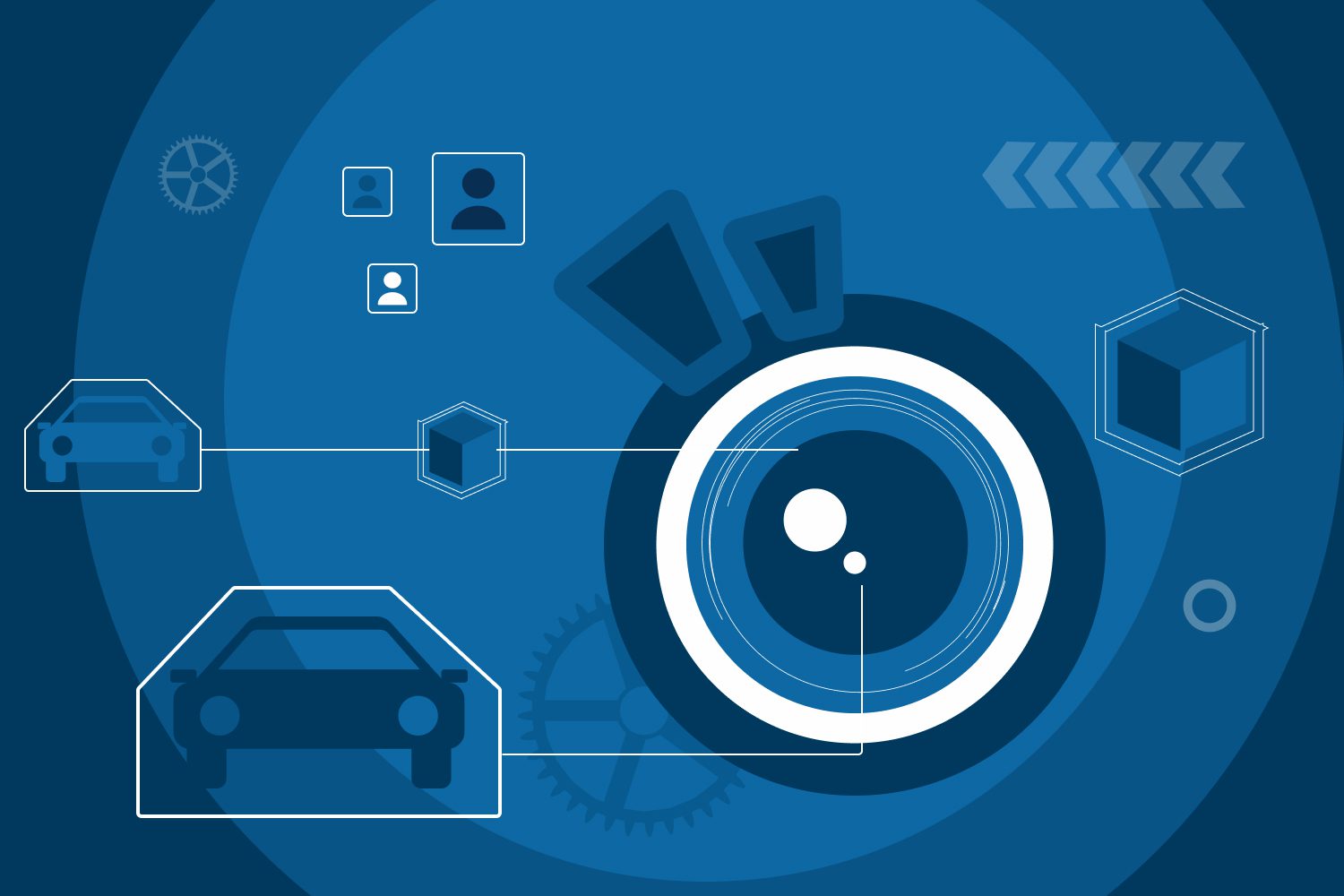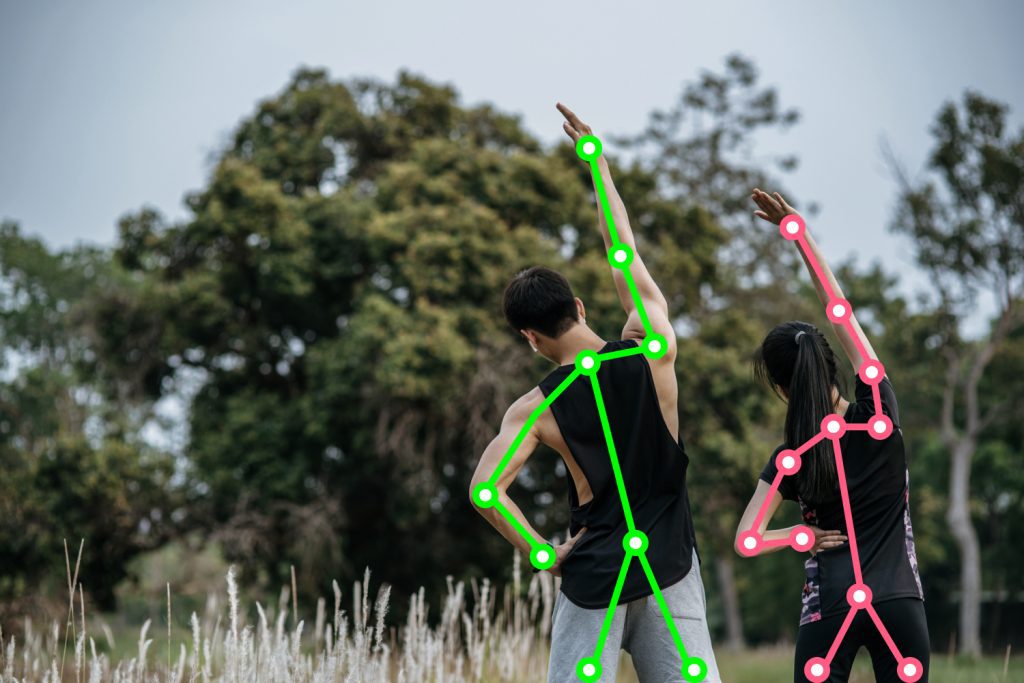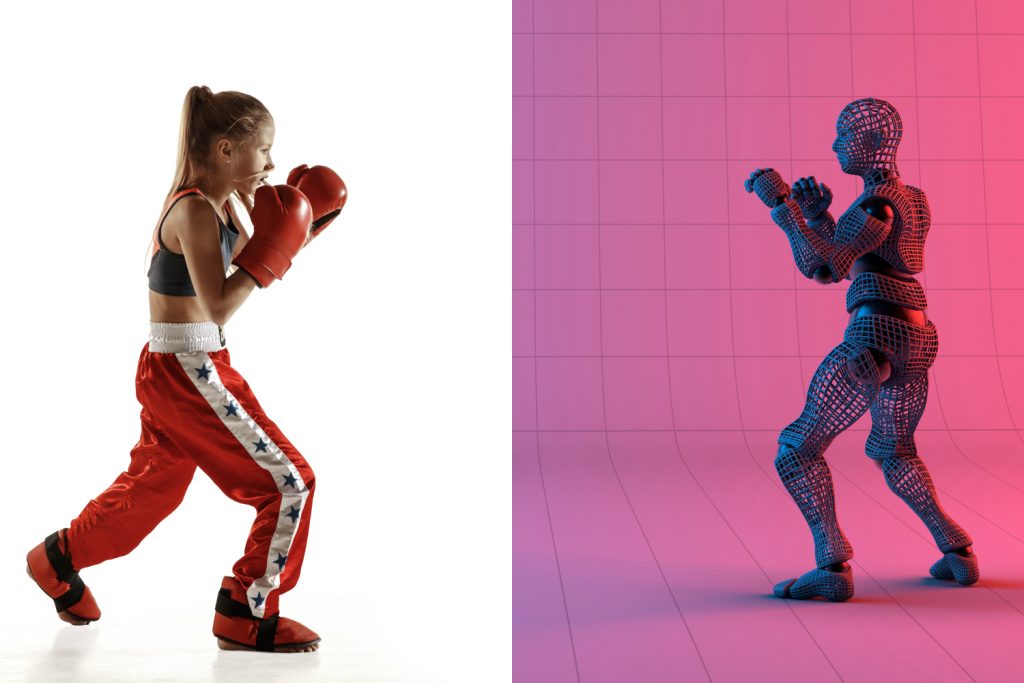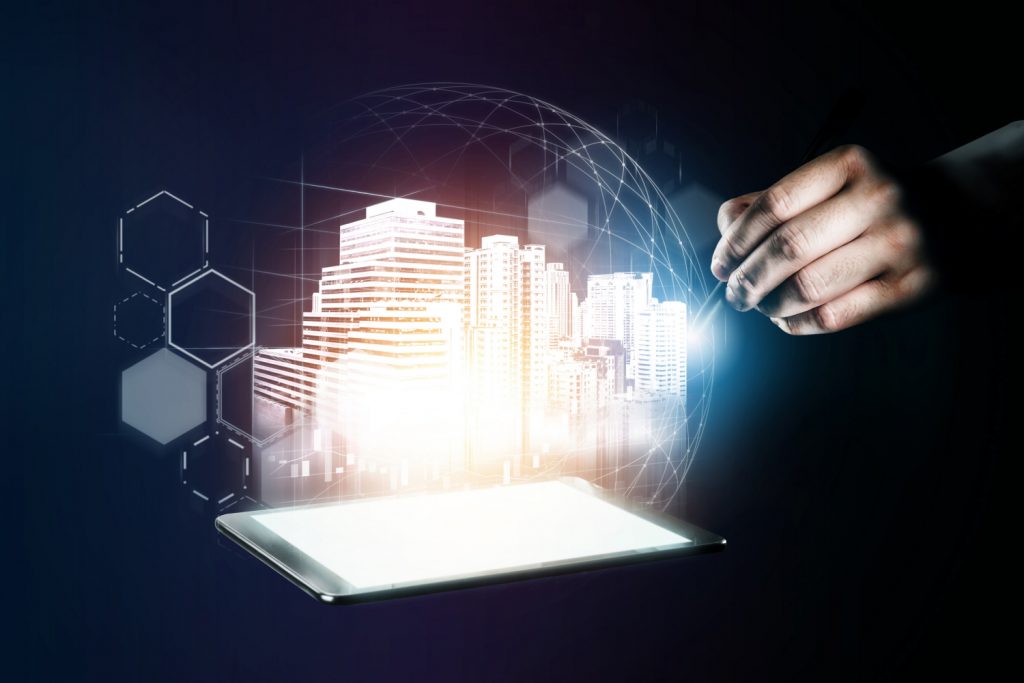
DeepLobeAugust 4, 2021Computer Vision , Deep Learning
Computer vision is gradually becoming one of the most prominent fields in the world of data science. We are constantly leveraging this technology in our daily lives – be it the photo search feature on google lens or face unlocking feature on smartphones or photo tagging through auto search, etc. Deep learning allows machines and computers to see and analyze their surroundings for effective decision-making where humans are prone to make errors. The deep learning-powered applications of computer vision include image processing, identification, classification, segmentation, object recognition, object segmentation, video surveillance, OCR, and many more.
Real world computer vision applications
In this article, we have proposed a list of emerging and fast-growing applications of computer vision in 2021.
Human pose estimation:
Pose estimation is one of the recent developments in the field of computer vision. It is a machine vision technique utilized to infer the pose of a person or an object present in an image or video through analyzing the body posture. The model is trained with multiple data sets to identify, locate, and track the key points of humans’ skeleton pose for better accuracy. The applications of human pose estimation range from recognizing human activity in real-time, for augmented reality experiences, training both humanoid and non-humanoid robots, etc. Rapid advancements in deep learning technology made the model’s application improve the reliability through reducing the latency for effective real-time outcomes.

Social distancing monitoring tools:
After experiencing a massive health emergency around the globe, in the past couple of years taking precautionary measures like social distancing has become mandatory. Deep neural networking has scaled the opportunities and is playing a crucial role in monitoring social distancing violations and taking preventive measures to stop the spread of viruses in contaminated zones especially. The accuracy of the social distancing monitoring and measuring tools is further advanced using transfer learning techniques.

COVID19 diagnosis:
It is true that multiple deep learning-based computer vision models are widely used in the healthcare domain for the detection and diagnosis of deadly diseases. And the same applies in the COVID19 scenario. Computer vision technologies are used for coronavirus control through analyzing and identifying chest x-ray radiography images. The ability to classify and recognize the presence of COVID19 in patients’ x-ray has significantly accelerated the process of disease identification and diagnosis time.
Image transfer using GANs:
Image transfer using GANs (generative adversarial networks) is an exploiting innovation in the field of computer vision. The recent advances in GANs to work well with supervised as well as semi-supervised learning has led to this innovation. Image transfer using GANs is an image manipulation tool that transforms the input image using various filters. The best suitable example in today’s world is Snapchat. It provides the ability for users to transform their own image into something funny, attractive, and even eradicate aging or gender swap. These filters work in real-time which makes them more user-oriented and intuitive.
Converting 2D images into 3D:
Another interesting application of computer vision is the conversion of 2D images into 3D images. The application of this technology has eased various operations in animation, gaming, robotics, self-driving automobiles, medical diagnosis, and surgical operations, and many more. Viewing two-dimensional images in three-dimensional space undoubtedly fastens operational time, provides better accessibility, validation, and real-time reviews for effective decision making.

Self-assessment and training tools:
Computer vision-based self-training and feedback systems for sport exercise and medical training are amongst the recently emerging research advancements. The application of self-assessment and training tools is mainly leveraged in two distinct industries:
– For sports exercise
– For medical training
Both the fields require a human instructor to scale the outcomes. But with computer vision technology, the trainees can perform and assess themselves without a coach’s guidance or monitoring. For medical skill training, the technology can be leveraged to assess the quality of expertise in particular skill level on self-learning platforms like simulation-based surgical training.
Markerless motion capturing:
Computer vision is disrupting the technologies available in every industry, including entertainment and gaming. Cameras powered with intelligence and computer vision applications can track the motion of the human skeleton without using the traditional optical markers or specialized motion capturing cameras. Multi-player pose tracking, stroke recognition, automated media coverage, etc are a few other technologies that computer vision is backing up and advancing the operations in the media and entertainment industry.

Vehicle re-identification:
Through automatic license plate recognition, vehicle identification is probably the most successful and best suitable technology for the accurate identification of vehicles in smart transportation and surveillance systems. However, license plates are subject to be altered or forged and use the same image-based recognition. The same technique for vehicle identification is less reliable. With computer vision advancements in person re-identification, researchers are now contemplating to apply the same technique to identify vehicle-based appearances such as color, texture, and shape.
Civil infrastructure monitoring:
Security and surveillance have become vital parts of any governance seeking to develop their nation and build smart cities. To ensure civilian safety and security, it is essential to visually and physically inspect the serviceability of civil infrastructure from time to time. Computer vision applications for civil infrastructure inspection and monitoring can be a reliable source of information to make real-time actions and avoid major collisions or mishaps.

Tracking, counting, detection for retail:
Image recognition and classification applications of computer vision are serving off-limits to help retail in gathering relevant information for performing customer analytics. Tracking devices placed across the store can monitor customer behavior and interactions to improve store layout and service optimization. Machine vision algorithms are trained to count the footfalls at a store to provide real-time people count and ensure they follow all the safety measures during situations like COVID. Surveillance and customer recognition systems can help retailers in detecting suspicious behavior for in-time decisions.
There are numerous permutations and combinations of how computer vision is being used across various industries. And with advancements in the R&D of machine learning and deep learning, computer vision continues to grow. In this article, we have tried to explain the top trends in computer vision that are changing the dynamics of the present market. DeepLobe, machine learning as service platforms offers a wide range of services across computer vision applications. To know more about computer vision applications for your business or to explore the opportunities with machine learning, schedule a call with us.
